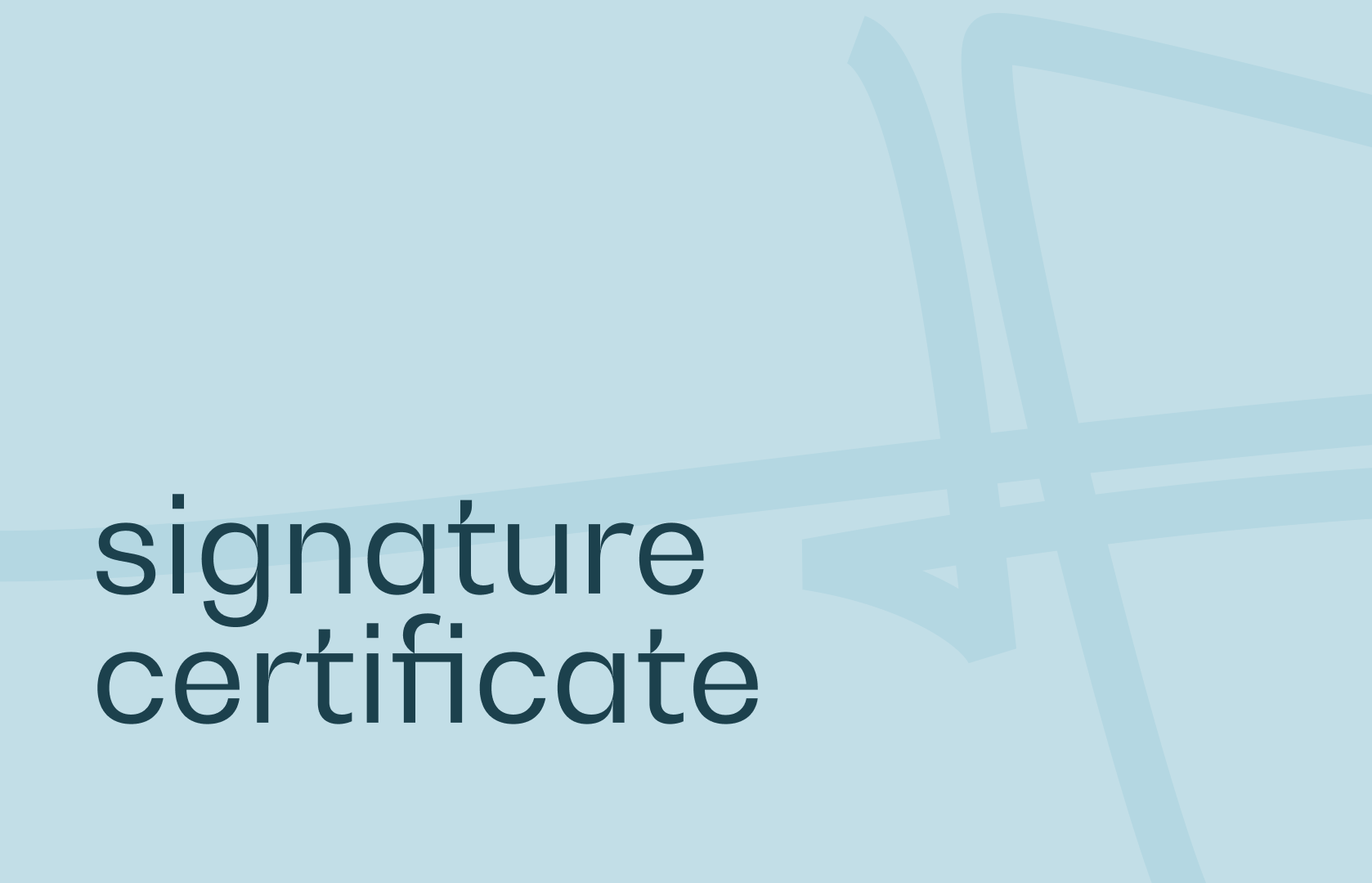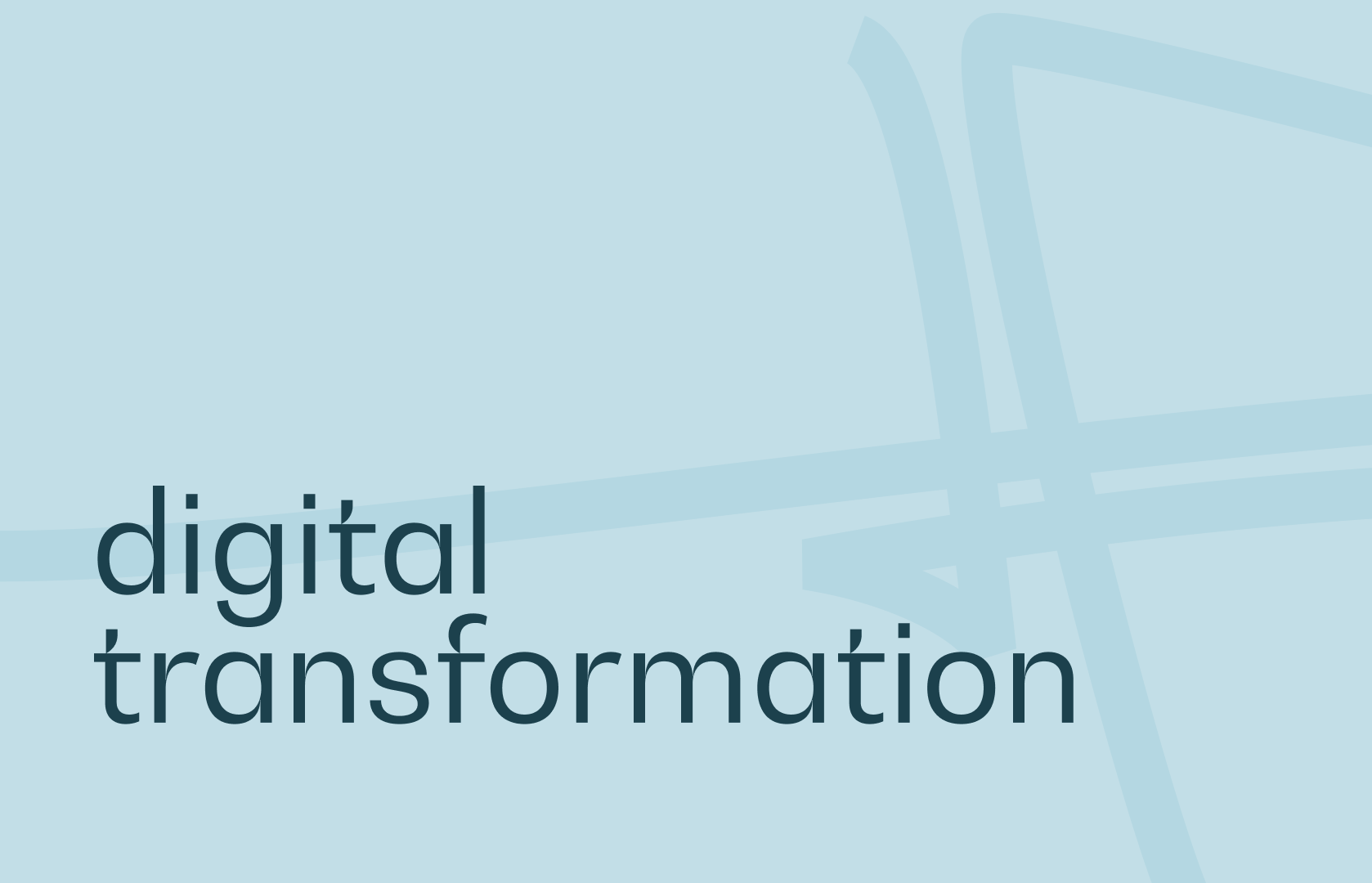These days, companies and educational trainers are adopting a variety of methods to set themselves apart from the competition. Among all the innovative ways of doing this, there’s one playful training method worth trying out: gamification. Although this process has been around for years, it is becoming increasingly popular these days.
What is gamification?
Also known as ludification in French, gamification is a strategy that uses game mechanics, ou
In simple terms, it makes a conventional task more fun and attractive, because it will be carried out in the form of a game. Like in a video game, where a reward is offered after completing a mission.
For thousands of years, gaming has been an attractive activity that fascinates many people. If you think about it, everyday life is seen astside its basic context. Gamification helps to achieve a higher rate of engagement in an activity.
a game. Sometimes we lose, sometimes we win; we strive to achieve our own goals. We gain experience.
This learning technique, gamification, uses the same codes:
- The points system. When a user completes a challenge or task, they earn points.
- Levels. Depending on the player’s progress through the game, there are several levels to complete.
- Rewards. Points collected as you progress through levels are used to obtain rewards (badges, trophies, additional accessories, etc.).
- Experience. Levels not only help to acquire rewards, but also status. The more experienced a player is, the more benefits he or she will have access to.
- Goals. Competition is an important element in motivating players to surpass themselves and keep up their interest in the game.
In gamification, the “players” are learners, employees, customers or prospects. By taking part in this ludic experience, they are rewarded with a score, a reward or a ranking.
Given the current situation, future communicators and trainers may not be able to do without gamification. There are an increasing number of offers on the market, and “gamers” will choose those that offer the best possible experience.

Fields of application for gamification
Today, gamification is used in all fields: educational, relational, corporate, and so on. It’s now one of the new tools you absolutely must use. Under its childlike guise, this playful medium accelerates awareness and the transfer of information.
Within the company
It introduces the idea of innovation within a digital communication, training or sales strategy, etc. Indeed, game-based learning is essential for developing skills and generating specific actions.
In digital marketing, for example, it is widely used in promotional messages, particularly on social networks. Companies take advantage of the time prospects spend on these platforms to use this principle, without being too intrusive.
In the long term, gamification will serve to increase the loyalty of customers who are interested in the brand. It totally transforms the customer experience and creates a personalized relationship with them.
Within a training program
To illustrate this “serious games” approach, let’s take the example of educational gamification. The first step is to make learners aware of the need to let go, through offbeat game situations.
In the case of educational gamification, participants are encouraged to give their opinions, exchange ideas, work on concrete situations, practice on practical cases and so on. The aim? To improve and optimize the experience, so as to better remember what they’ve learned.
In everyday life
Now let’s imagine that a “player” has to perform a household chore. For each chore completed, a reward will be offered. Based on this principle, housework will be associated with the idea of reward and pleasure. So it won’t be so hard to do.
The question then arises: are there any limits? Educational games must always meet certain objectives. By trying too hard to entertain the gallery, the basic objectives may not be achieved, i.e. to share knowledge, build loyalty or engage customers.
This technique requires real professionalism. It’s important to combine playfulness and completeness, while measuring the impact on the future. This means that trainers need to be well chosen, otherwise the benefits may not be felt. What’s more, gamification must not be allowed to detract from the seriousness of certain causes, especially when it comes to ethics.
Engagement: the main benefit of gamification
With prospects drowning in information and advertising, the “serious-game” is a way of capturing their attention. So developing a marketing strategy around this concept helps attract new customers.
As mentioned above, playful scenarios foster loyalty and engagement among “players”. Firstly, loyalty is important, as it enables customers to use the same service again and again. Secondly, engagement demonstrates their desire to participate in a brand’s decision–making process.
Game-based learning isn’t just about making a task fun. It goes further, as it serves to :
- Incentivize an action to move the “player” from loyalty to commitment.
- Change a behavior so that the “player” is more committed to doing a task.
- Create a habit by developing a more effective strategy for accomplishing a task.
In both business and education, commitment is the most important thing. In fact, it’s this that demonstrates the interest of “players” in a cause or field.
The game can be designed by specialized trainers, a marketing agency or gamification software. However, for the results to be effective, it’s important to adapt the strategy to expectations.
What are the benefits of gamification?
Gamification, whether educational or not, has a number of important benefits. Engagement and loyalty are the best-known, but the effects go much further.
Interactive and entertaining learning
Who hasn’t dreamed of learning through play? Thanks to gamification, this is now possible. Training managers can create unique content.
As everything is interactive, learners will find it easier to integrate this universe and get caught up in the game. Ultimately, educational gamification can improve or even reinvent the experience for both trainers and learners.
One study has shown that it’s up to 75% easier to memorize what you’re doing when you play. Instead of spending all one’s time revising lessons or principles, memorization is achieved through playful learning.
A feeling of addiction is created
Integrating playful learning into a structure increases the sense of addiction. Video games are known to be addictive in certain ways. The same feeling can be created towards gamification targets, but in a good way.
Education through play creates a natural feeling of euphoria that helps the process of memorizing information. Every time we win a game or reach a milestone, the brain wants to reward us. It’s at this precise moment that it releases dopamine, and it’s this feeling that makes you want to do it all over again.
Putting it into practice in real time
Another advantage is the ability to implement what has been learned. In some training and apprenticeships, information is delivered in profusion without ever being put into practice.
Educational gamification helps to consolidate what has been learned more effectively. It enables learners to apply what they learn, but in the real world. Thanks to mini-games, they will be better able to make decisions and realize their impact.
Feedback and exchange are valued
Gamification builds and enriches the relationship between participants, employees and learners. It provides real-time feedback, enabling participants to question what’s going well and what’s not.
It also makes it easier to achieve learning objectives, thanks to regular feedback and evaluation. Unlike those companies that only carry out performance reviews once a year, feedback is more effective, as the communication process is improved.
Well-being at work is better
Within a company, providing entertainment makes employees feel better about their working environment. The better they feel, the more productive and motivated they will be. At the same time, everyone’s creativity will be stimulated.
Nowadays, a company needs to promote the well-being of its employees to stand out from the competition. What’s more, educational games increase employees‘ commitment to their day–to–day activities.
In short, gamification offers “players” a more interactive experience. It is based on a playful, interactive and participative approach. However, it’s important to define the degree of seriousness to be maintained, so as not to lapse into mere amusement and generate no action.




